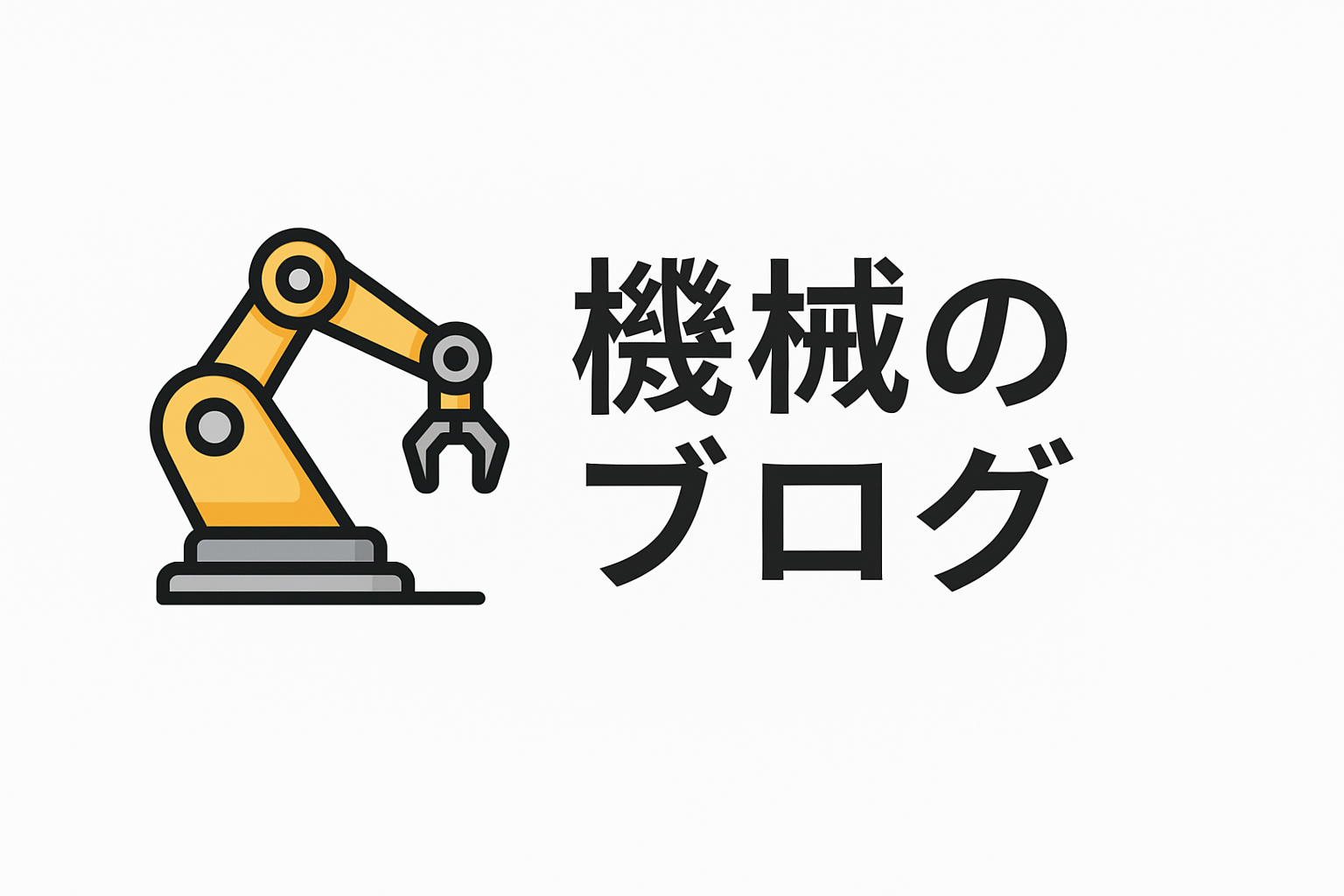Future Prospects of IoT: A Discussion
The Internet of Things (IoT) is no longer just a buzzword; it is a powerful force transforming industries and redefining how we interact with technology. As manufacturing professionals, understanding the future prospects of IoT is crucial for staying competitive and innovative. This discussion will explore the potential of IoT in the manufacturing sector, highlighting its current applications, challenges, and future trends.
Section 1: The Current State of IoT in Manufacturing
The integration of IoT in manufacturing has led to significant advancements in efficiency and productivity. IoT devices collect data from various sensors and machines, providing real-time insights into production processes. This data-driven approach enables manufacturers to optimize operations, reduce downtime, and improve product quality.
Currently, IoT applications in manufacturing include predictive maintenance, supply chain management, and quality control. Predictive maintenance uses IoT sensors to monitor equipment health, allowing manufacturers to perform maintenance before a breakdown occurs. This reduces unexpected downtime and extends the lifespan of machinery.
Furthermore, IoT enhances supply chain visibility by tracking the movement of goods and materials. This transparency leads to better inventory management and timely delivery of products. Quality control also benefits from IoT as sensors detect defects during production, ensuring only top-quality products reach the market.
Section 2: Challenges in Implementing IoT
Despite its benefits, the adoption of IoT in manufacturing faces several challenges. One major hurdle is the integration of IoT systems with existing infrastructure. Many manufacturing facilities still rely on legacy systems that may not be compatible with modern IoT technology. This requires significant investment in upgrading equipment and systems.
Security is another critical concern. With the increased connectivity of devices, the risk of cyberattacks also rises. Manufacturers must ensure robust cybersecurity measures are in place to protect sensitive data and maintain system integrity.
Additionally, there is a skills gap in the workforce. Implementing IoT technology requires specialized knowledge in data analytics, cybersecurity, and IoT systems management. Manufacturers must invest in training and development to equip their workforce with the necessary skills.
Section 3: The Role of AI and Machine Learning in IoT
Artificial Intelligence (AI) and Machine Learning (ML) play a pivotal role in maximizing the potential of IoT. By analyzing the vast amounts of data generated by IoT devices, AI and ML algorithms can identify patterns and trends that humans might overlook.
In manufacturing, AI-driven analytics enable predictive maintenance, optimize supply chain operations, and enhance decision-making processes. For instance, ML models can predict equipment failures with high accuracy, allowing for proactive maintenance scheduling.
Moreover, AI-powered systems can automate quality inspections by recognizing defects in real-time, reducing human error and ensuring consistent product quality. As AI and ML technologies continue to evolve, their integration with IoT will unlock even greater efficiencies and innovations in manufacturing.
Section 4: Future Trends in IoT for Manufacturing
The future of IoT in manufacturing is set to be shaped by several emerging trends. One significant trend is the rise of Industrial IoT (IIoT), which focuses specifically on the industrial applications of IoT technology. IIoT will drive the next wave of smart manufacturing, with increased automation, data exchange, and interconnected systems.
Another trend is the development of 5G networks, which will provide faster and more reliable connectivity for IoT devices. This will enable real-time data processing and enhance the responsiveness of IoT systems, leading to more agile and efficient manufacturing processes.
Sustainability is also becoming a key focus for manufacturers. IoT can contribute to more sustainable practices by optimizing resource usage, reducing waste, and lowering energy consumption. As environmental concerns continue to rise, IoT will play a crucial role in helping manufacturers achieve their sustainability goals.
Section 5: IoT and the Workforce of the Future
The integration of IoT in manufacturing will inevitably transform the workforce. As IoT automates routine tasks, the demand for high-skilled workers who can manage and interpret IoT data will increase. This shift will require manufacturers to rethink their workforce strategies and invest in upskilling and reskilling programs.
Collaborative robots, or cobots, are an example of IoT-driven technology that will work alongside human workers. Cobots can perform repetitive tasks, allowing human workers to focus on more complex and creative problem-solving activities.
Furthermore, IoT technology will facilitate remote monitoring and management of manufacturing processes. This will enable a more flexible work environment, allowing professionals to oversee operations from anywhere, ultimately enhancing work-life balance and job satisfaction.
Conclusion
The future prospects of IoT in manufacturing are both exciting and challenging. While the potential benefits are significant, realizing them requires overcoming integration, security, and workforce-related challenges. By embracing emerging technologies such as AI, ML, and 5G, and focusing on sustainability and workforce development, manufacturers can harness the full power of IoT to drive innovation and competitiveness in the industry.
As we continue to explore the possibilities of IoT, it is crucial for manufacturing professionals to stay informed and proactive in adapting to this transformative technology. The future of manufacturing is connected, intelligent, and dynamic, and IoT is at the heart of this evolution.

